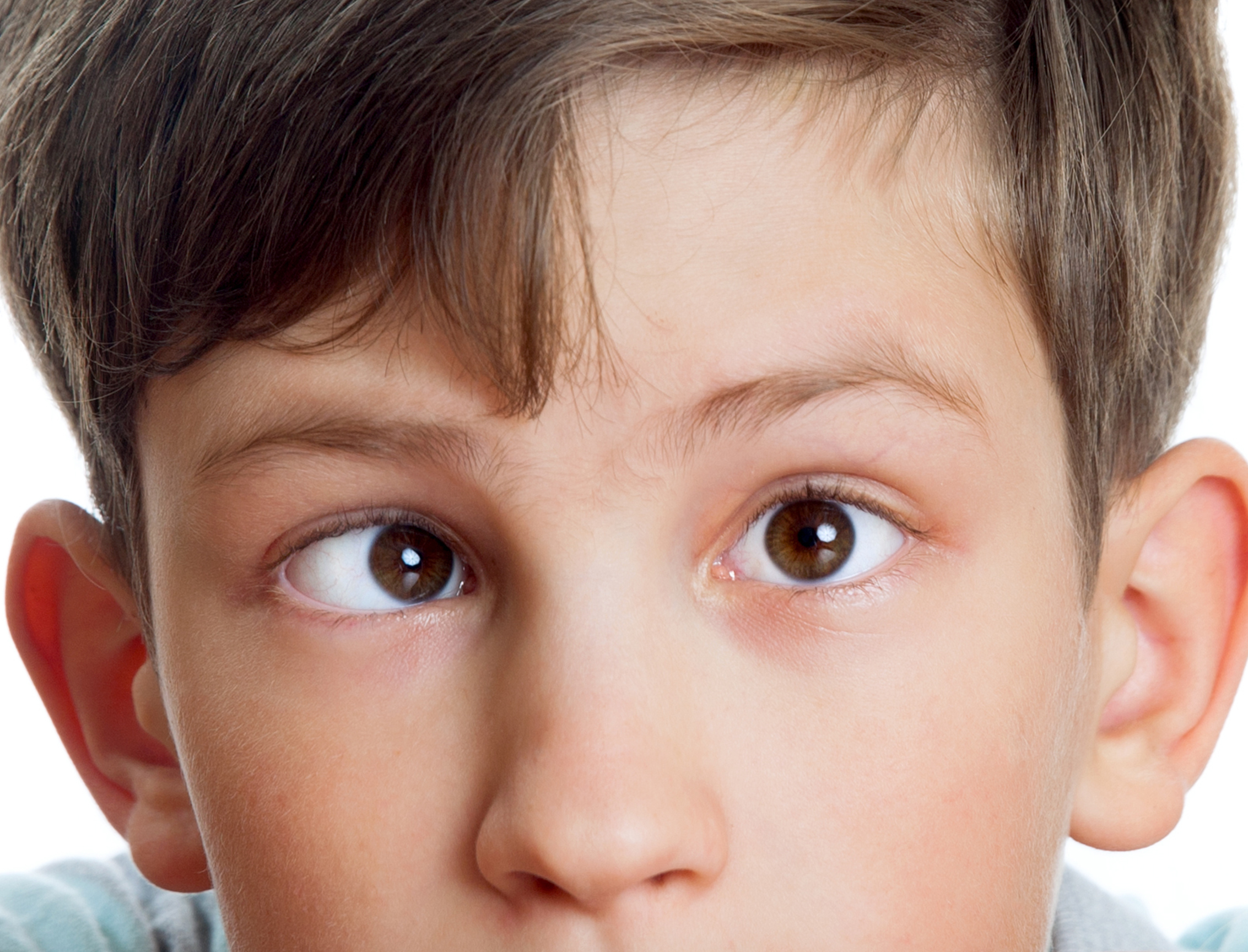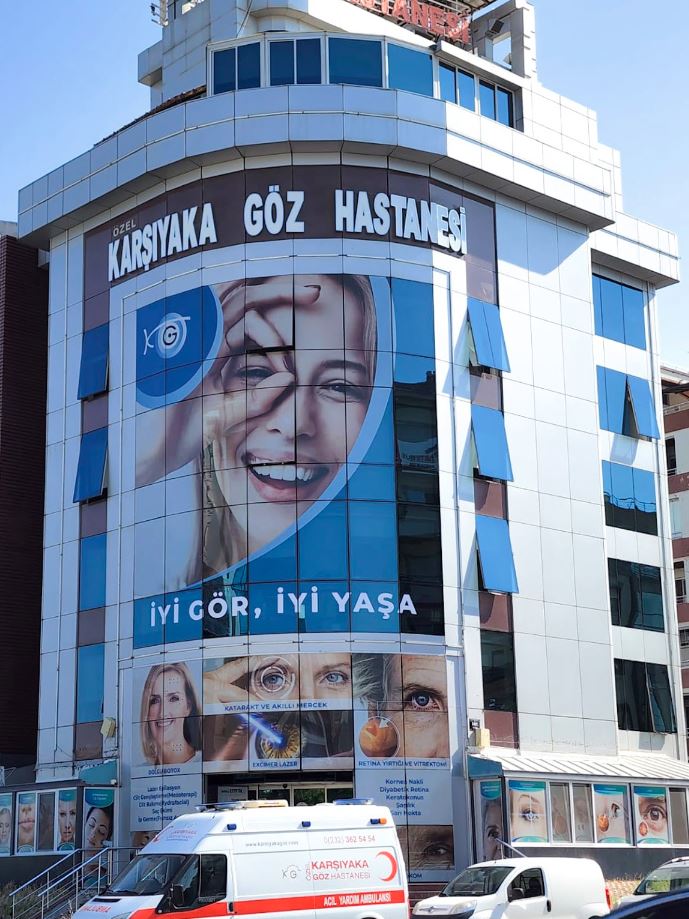
Strabismus
What is strabismus?
Strabismus is a visual defect in which the parallelism of the eyes deteriorates and looks in different directions. One eye may look straight and the other may slide in, out, up, or down. The slip may be permanent or occurs occasionally. Sometimes the sliding eye looks straight and the other glides. Strabismus is a common condition among children. It may also occur in later life. The distribution between men and women is equal. It can show the transition feature in the same family. However, in many strabismus, relatives with strabismus may not be detected.
How do eyes work together?
In normal vision, both eyes look at the same point. The brain then combines these two images to form a three-dimensional image. This three-dimensional image gives us a sense of depth. If one eye shifts, two different images are sent to the brain. In a small child, the brain neglects the image from the floating eye and only perceives the image from the normal, well-sighted eye. Thus, the child loses his perception of depth. Adult patients usually experience double vision when strabismus occurs. Because the brain is accustomed to seeing images from both eyes and cannot neglect the image from the floating eye.
Eye laziness
If both eyes are parallel during childhood, there will be good vision development. The brain perceives the image of the well-eye and neglects the image of the lazy eye. This occurs in almost half of strabismus children.
Eye lazy treatment: The treatment of lazy eye should be done as early as possible. There are several treatment methods. The first is the closure of the good eye and the treatment in the lazy eye by strengthening the vision. Another treatment method is treatment in private clinics in sessions with instruments called CAM. In this form of treatment, the child is asked to sit on the head of a device to make paintings, draw shapes or solve puzzles on rotating lines. It consists of at least 20 sessions. A third treatment method is drugs. Atropine group is injected into the healthy eye. The monovision treatment is applied by computer. As a rule, the sooner the eye laziness is treated, the better the result. For this purpose, children should be examined during their infancy and at least once a year.
Eye lazy treatment: The treatment of lazy eye should be done as early as possible. There are several treatment methods. The first is the closure of the good eye and the treatment in the lazy eye by strengthening the vision. Another treatment method is treatment in private clinics in sessions with instruments called CAM. In this form of treatment, the child is asked to sit on the head of a device to make paintings, draw shapes or solve puzzles on rotating lines. It consists of at least 20 sessions. A third treatment method is drugs. Atropine group is injected into the healthy eye. The monovision treatment is applied by computer. As a rule, the sooner the eye laziness is treated, the better the result. For this purpose, children should be examined during their infancy and at least once a year.
Causes of strabismus
There are six muscles that adhere to the outside of each eye and control their movement. Two muscles in each eye pull the eye to the right or left. The other four muscles move the eye up or down at certain angles. In order for the eyes to stay parallel and focus on a specific goal, all muscles must work together and in a certain balance. In order for the eyes to move together, the muscles in both eyes must work in harmony.
Visual Disorders
- Cerebral palsy (children who die without oxygen during delivery);
Diseases;
Down syndrome;
Hydrocephalus;
Brain tumors
Cataracts or eye injuries can also impair vision and cause strabismus.
Hydrocephalus;
Brain tumors
Cataracts or eye injuries can also impair vision and cause strabismus.
Symptoms of strabismus
The main symptom of strabismus is an eye that does not look straight. Sometimes children close their eyes in the sun or bend their heads to use both of them.
How is strabismus diagnosed?
Strabismus is diagnosed by eye examination. All children are advised to undergo visual examination before they reach the age of four. If there is a family history of strabismus or lazy eye, vision may be tested before. Babies’ eyes usually look like cross. The nasal root of young children is wide and flattened, and there is a skin fold in the nose of the eyes. They make it look as if there was a cross in the eyes. As the child grows, this false strabismus disappears. There is no improvement in the case of a child with true strabismus. The ophthalmologist distinguishes between true and false strabismus.
How is strabismus treated?
Purpose of strabismus treatment:
Protect vision;
Parallel eyes;
To provide vision with two eyes.
After a complete eye examination, the ophthalmologist determines the appropriate treatment. In some cases, glasses may be recommended for your child. The slip can be completely or partially corrected with the supplied glasses. In addition, surgery may be necessary to parallel the eyes or remove any cataracts. It is often necessary to close the healthy eye to strengthen the lazy eye.
Parallel eyes;
To provide vision with two eyes.
After a complete eye examination, the ophthalmologist determines the appropriate treatment. In some cases, glasses may be recommended for your child. The slip can be completely or partially corrected with the supplied glasses. In addition, surgery may be necessary to parallel the eyes or remove any cataracts. It is often necessary to close the healthy eye to strengthen the lazy eye.
How is strabismus surgery performed?
In any eye surgery, the eyeball is never removed. To reach the eye muscles, a small incision is made on the white membrane covering the eye. Interference is made on certain muscles according to the way the eye glides. Surgery can be planned on one or both eyes. Children require general anesthesia when strabismus surgery is planned. Local anesthesia can only be used in adults. Recovery is quick. Patients return to normal activities within a few days. Post-surgery glasses or prisms may be required. Early surgery gives better results in children with fixed strabismus. Therefore, surgery should be considered before school period if necessary.
Injections
Botulismus toxin, a special drug, can be injected to reduce the effect of a muscle. This provides a more taut working of the opposite muscle. Although the effect of the drug disappears within five to ten weeks, permanent treatment is provided in some cases. In some cases, the injection may need to be repeated and is not as effective as surgery.









